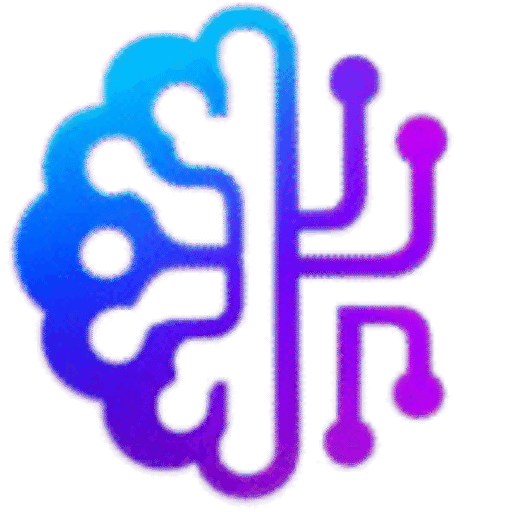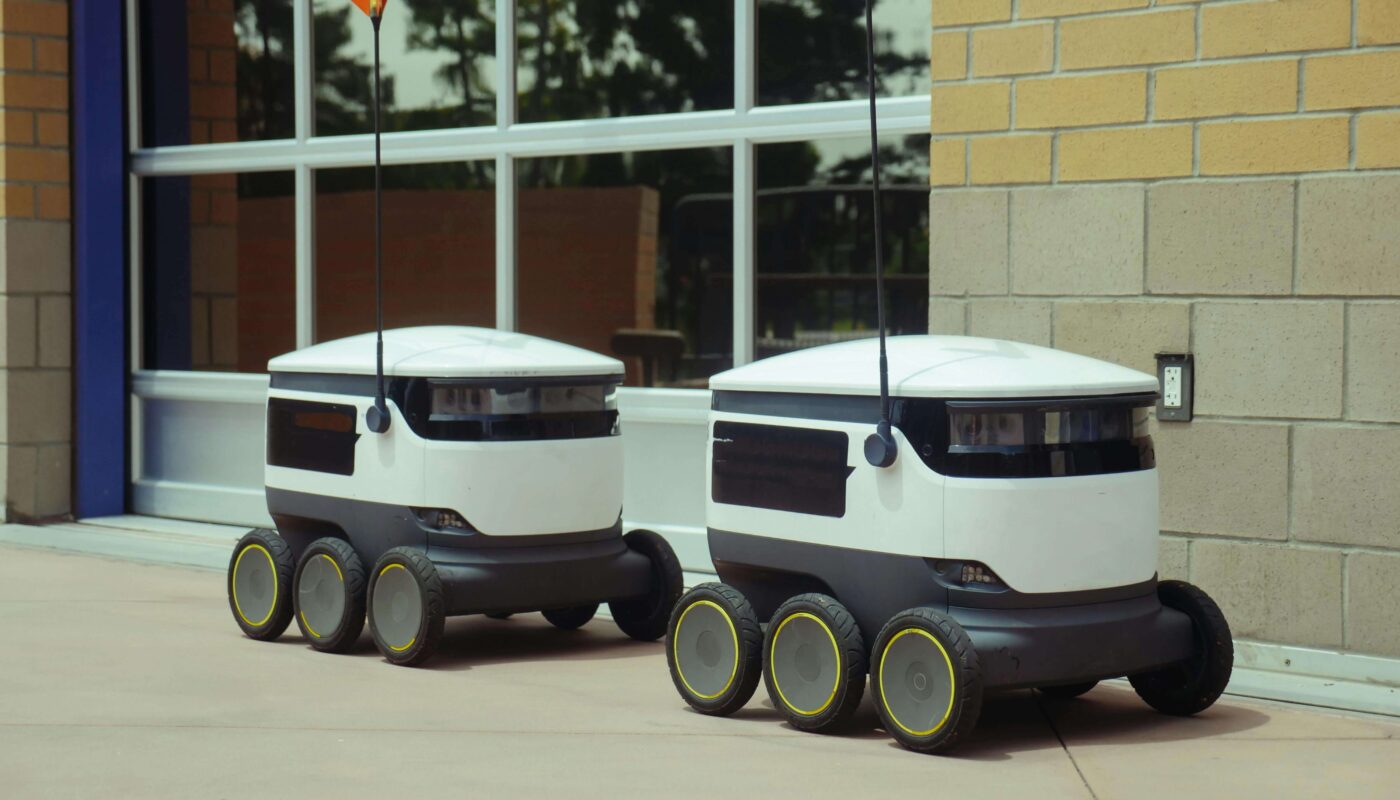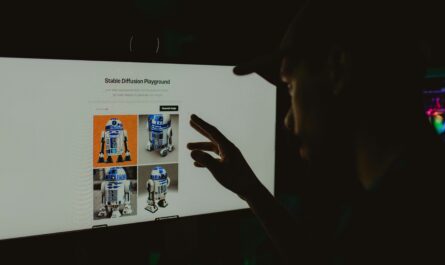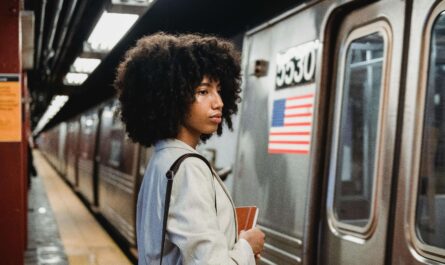Best AI Tools for Food Delivery Product Design
Food delivery has rapidly evolved from a luxury service to a daily necessity. With the rise of apps like UberEats, DoorDash, Foodpanda, and Zomato, user expectations for fast, reliable, and seamless digital experiences are higher than ever. To stay competitive, product designers must integrate AI tools into the food delivery product design process.
This blog explores how AI is transforming the food delivery sector, the best AI tools for product designers, and practical use cases for creating next-gen delivery platforms.
Table of Contents
- Introduction—The Rise of AI in Food Delivery
- Why AI Matters in Food Delivery Product Design
- Core Challenges in Designing Food Delivery Apps
- Best AI Tools for Food Delivery Product Designers
- UI/UX Design Tools
- Personalization Tools
- Automation Tools
- Prototyping & Testing Tools
- Data Analytics Tools
- How AI Improves User Experience in Food Delivery Apps
- Case Studies—AI Success Stories in Food Delivery Design
- Step-by-Step Guide: Using AI in Food Delivery Product Design
- Future Trends in AI for Food Delivery UX/UI
- FAQs on AI Tools for Food Delivery Design
- Conclusion + Interlinking
1. Introduction—The Rise of AI in Food Delivery
Food delivery apps have become essential digital platforms, not just for convenience but for survival in today’s fast-paced lifestyle. With millions of users ordering food daily, competition is intense.
AI is now at the heart of this revolution, helping:
- Optimize restaurant listings
- Predict user cravings
- Personalize menus and promotions
- Improve delivery times and logistics
For product designers, AI tools offer data-driven insights and automated solutions that help design interfaces that not only look good but also perform better.
2. Why AI Matters in Food Delivery Product Design
Here’s why AI is becoming unavoidable in food delivery product design:
- Personalization → AI recommends meals based on user history.
- Efficiency → Reduces manual design work using automated prototyping.
- Prediction → AI predicts high-demand hours, best-selling meals, and customer behavior.
- Customer Engagement → Smarter microinteractions and chatbot support.
- Scalability → Makes apps flexible to handle millions of orders simultaneously.
Without AI, designers risk creating static, outdated platforms.
3. Core Challenges in Designing Food Delivery Apps
Before diving into tools, let’s understand the pain points AI helps solve:
- Complex Menus – Managing huge food databases.
- Real-Time Updates – Delivery times, driver tracking, restaurant availability.
- User Retention – Keeping customers engaged beyond first orders.
- UI Overload—Preventing clutter while displaying multiple options.
- Accessibility—Designing for all users, including non-tech-savvy customers.
AI addresses these challenges by automating workflows, analyzing user data, and delivering better design recommendations.
4. Best AI Tools for Food Delivery Product Designers
Here’s a breakdown of AI-powered tools every food delivery product designer should explore:
A. UI/UX Design Tools
- Uizard—Quickly turn wireframes into digital mockups using AI.
- Figma + AI Plugins—Automate color palettes, layouts, and user flows.
- Khroma—an AI-based color palette generator perfect for food-themed visuals.
B. Personalization Tools
- Dynamic Yield—Customizes menus and offers per user.
- Clerk.io—Recommends dishes based on past preferences.
- Adobe Sensei—Enhances personalization across touchpoints.
C. Automation Tools
- ChatGPT API—Powers conversational order-taking and FAQs.
- Zapier AI – Automates notifications and workflows.
- Motion – AI scheduling for food delivery logistics.
D. Prototyping & Testing Tools
- Maze—AI-powered usability testing for design prototypes.
- UserTesting AI – Automates user behavior analysis.
- Runway ML—Generates visuals, banners, and animations.
E. Data Analytics Tools
- Google Analytics AI—Tracks order journeys and drop-offs.
- Tableau AI—Provides predictive analytics for food demand.
- Mixpanel with AI—user journey mapping for engagement insights.
💡 Pro Tip: Always test at least two tools per category to find what best aligns with your workflow.
5. How AI Improves User Experience in Food Delivery Apps
AI creates smarter, more intuitive experiences:
- Personalized menu recommendations (e.g., “Your favorite pizza is 20% off today”).
- Real-time ETA predictions.
- Smarter search filters (by cuisine, price, and dietary needs).
- AI chatbots for order tracking and complaints.
- Better push notification timing with AI-powered engagement.
6. Case Studies—AI Success Stories in Food Delivery Design
Uber Eats
Uses AI to predict delivery times and popular meals during peak hours.
Domino’s
Launched “Domino’s AnyWare,” where AI integrates with multiple platforms (Alexa, smart TV, etc.) to simplify ordering.
DoorDash
Uses AI-driven menu personalization and delivery optimization to improve retention.
Zomato
Implements AI for dynamic pricing and personalized restaurant suggestions.
7. Step-by-Step Guide: Using AI in Food Delivery Product Design
- Research Stage → Use AI analytics tools to identify user behaviors.
- Wireframing → Build mockups with Figma + AI plugins.
- Prototyping → Test concepts with Maze or UserTesting AI.
- Personalization Layer → Add dynamic recommendations with Dynamic Yield.
- Automation Layer → Integrate chatbots for real-time communication.
- Feedback Loop → Monitor with Mixpanel AI for data-driven improvements.
8. Future Trends in AI for Food Delivery UX/UI
- Voice Ordering with AI Assistants
- Hyper-Personalized Menus
- Drone & Robot Delivery Interfaces
- Predictive Nutrition Recommendations
- AI-Powered AR Menus (3D food previews)
9. FAQs on AI Tools for Food Delivery Design
Q1. What is the best AI tool for product designers in food delivery apps?
Tools like Figma AI plugins and Dynamic Yield are leading solutions.
Q2. Can AI improve delivery speed?
Yes, predictive analytics helps optimize routes and driver assignments.
Q3. Is AI expensive for startups?
Many AI tools offer free tiers or affordable APIs to start.
Q4. Does AI replace designers?
No, AI assists designers by automating tasks, but creativity remains human-driven.
10. Conclusion
The food delivery industry is driven by AI innovation, and product designers must leverage the best AI tools for food delivery product design to stay ahead. Whether it’s personalization, UI automation, or predictive analytics, AI ensures smoother workflows, happier customers, and scalable platforms.





